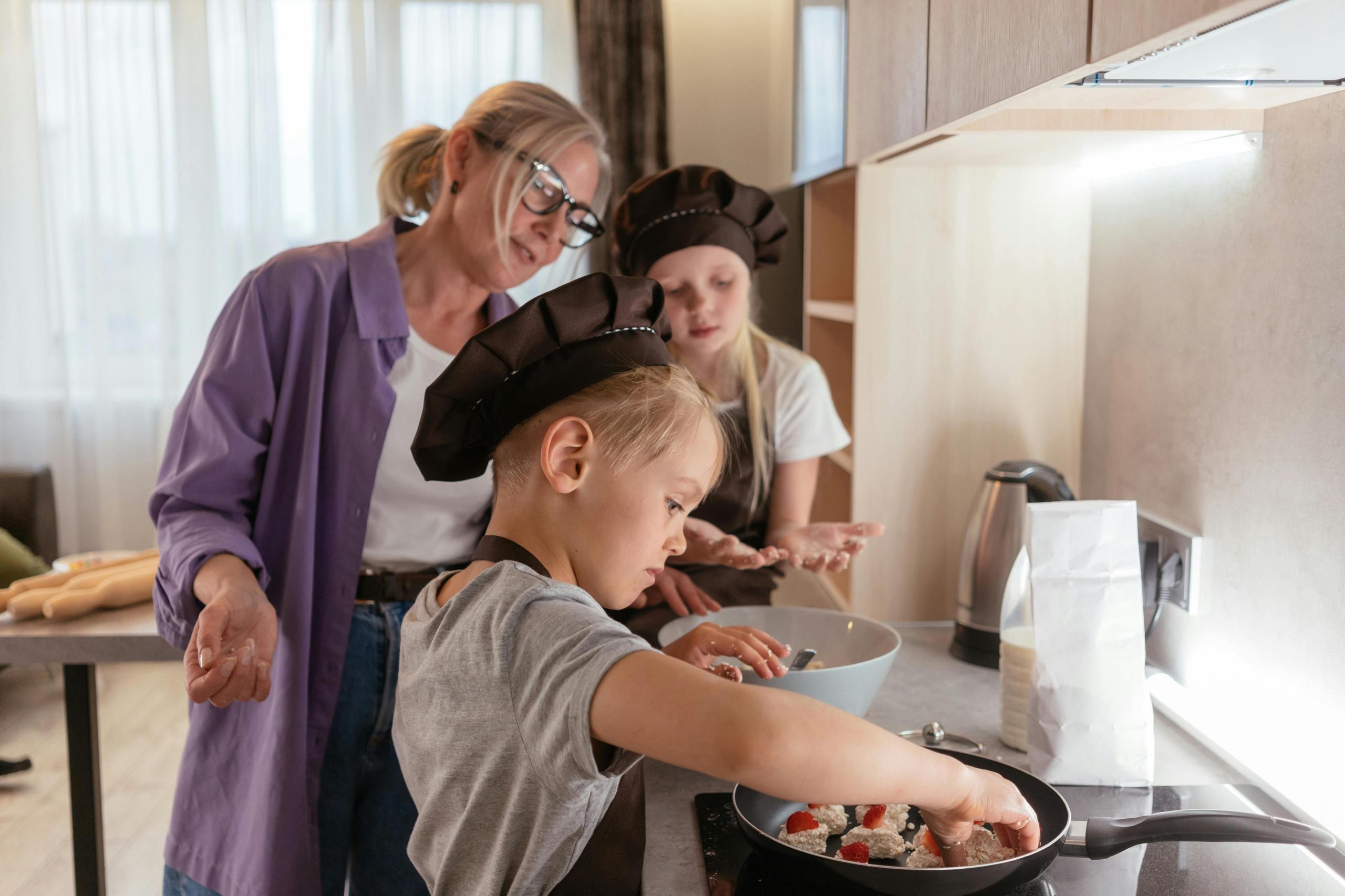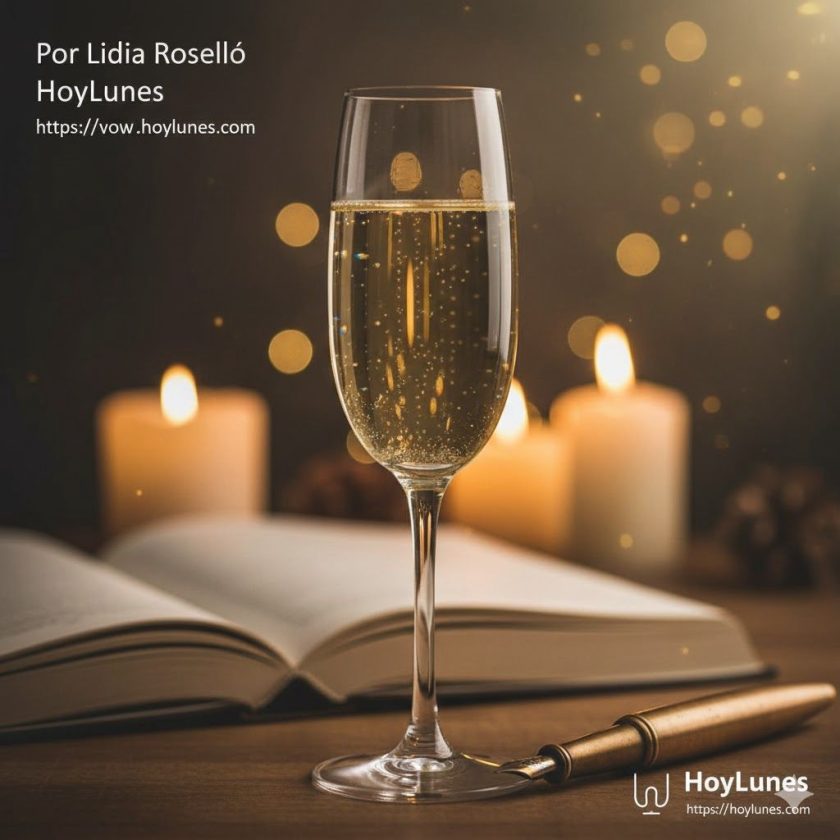“Gastronomy as a narrative: a language made of flavors, memories, and affections”
“From the stove to the written word: when flavor becomes written memory”
By Ingrid Julve
HoyLunes – Everyone talks about gastronomy. Lists, rankings, routes are written. Dishes are photographed as if they were trophies. But when the kitchen is looked at closely, it dismantles itself like a clock: piece by piece, memory by memory. It is not just food. It is a language, a way of being in the world, a craft and an inheritance. It is also a form of creativity.
For years, I thought my task was to perfect techniques, measure to the millimeter, bake to the exact point, whip creams to the brink of perfection. And I will not deny it: technique is essential. I have never been fixed in one place: always in transit, always traveling to expand my knowledge. And each time I arrived at a new kitchen, they asked me the same thing: “What can you do?” “What would you say is your specialty?” I answered with creative ideas and practical solutions. But inside I told myself: I know how to look, I know how to listen, I know how to create, I know how to remember what a dish can awaken.
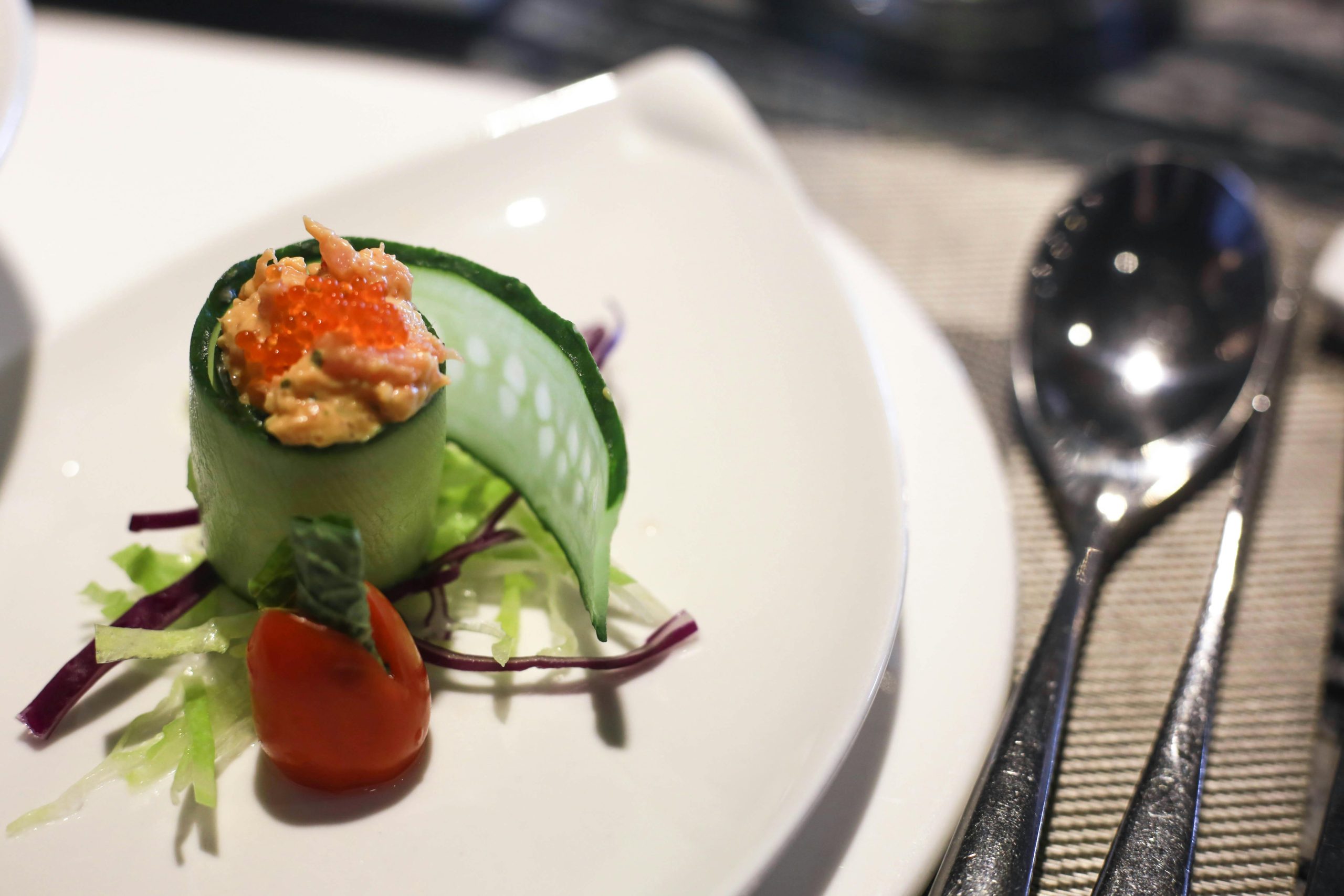
Until one day, while dismantling a mille-feuille to improve it, I felt that, between the layers, something more important than texture was slipping away. I was leaving out the stories. The ones that sustained that dish, the ones that had inspired it, the ones that did not appear in the technical sheet or the Instagram post.
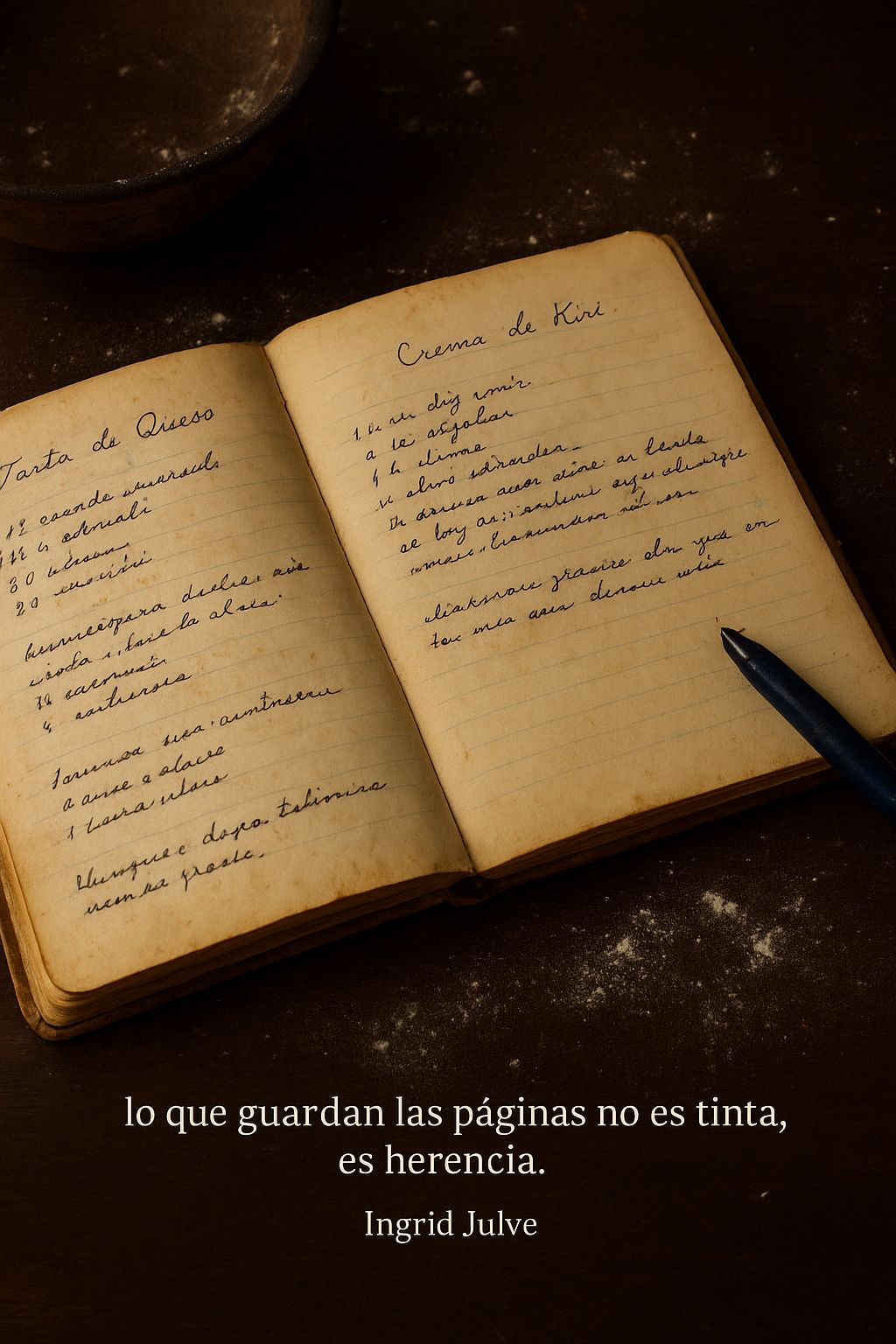
Thus began my transition: from chef to storyteller.
I have not stopped cooking. What I have done is prolong the fire with words. It is not that memory does not exist among the stoves—on the contrary, it is born there. But I felt the need to take the dish off the pass and place it on the page, so that it is not only tasted, but also understood, remembered, and spoken of.
“I did not come to tell recipes. I came to tell what the kitchen leaves within”.
I came to speak, not from a pulpit or a showcase, but of everything the kitchen contains and is not seen: the fatigue that sometimes does not fit into the apron, the nostalgia that appears when you smell a bread similar to the one from home, the anger of being a woman and having to prove yourself twice as much in a hostile kitchen. I came to tell how a pastry chef can also be a chronicler of the world.
I have worked in high-level kitchens and also in humble bakeries. I have endured exhausting seasons and felt the spark that ignites a new dessert as if it were a revelation. I have cooked in silence for elegant events and learned more about identity in a market at dawn than at any gastronomic fair. And if anything has taught me through that journey, it is that the kitchen is full of invisible layers that are not named because they do not fit in the headline.
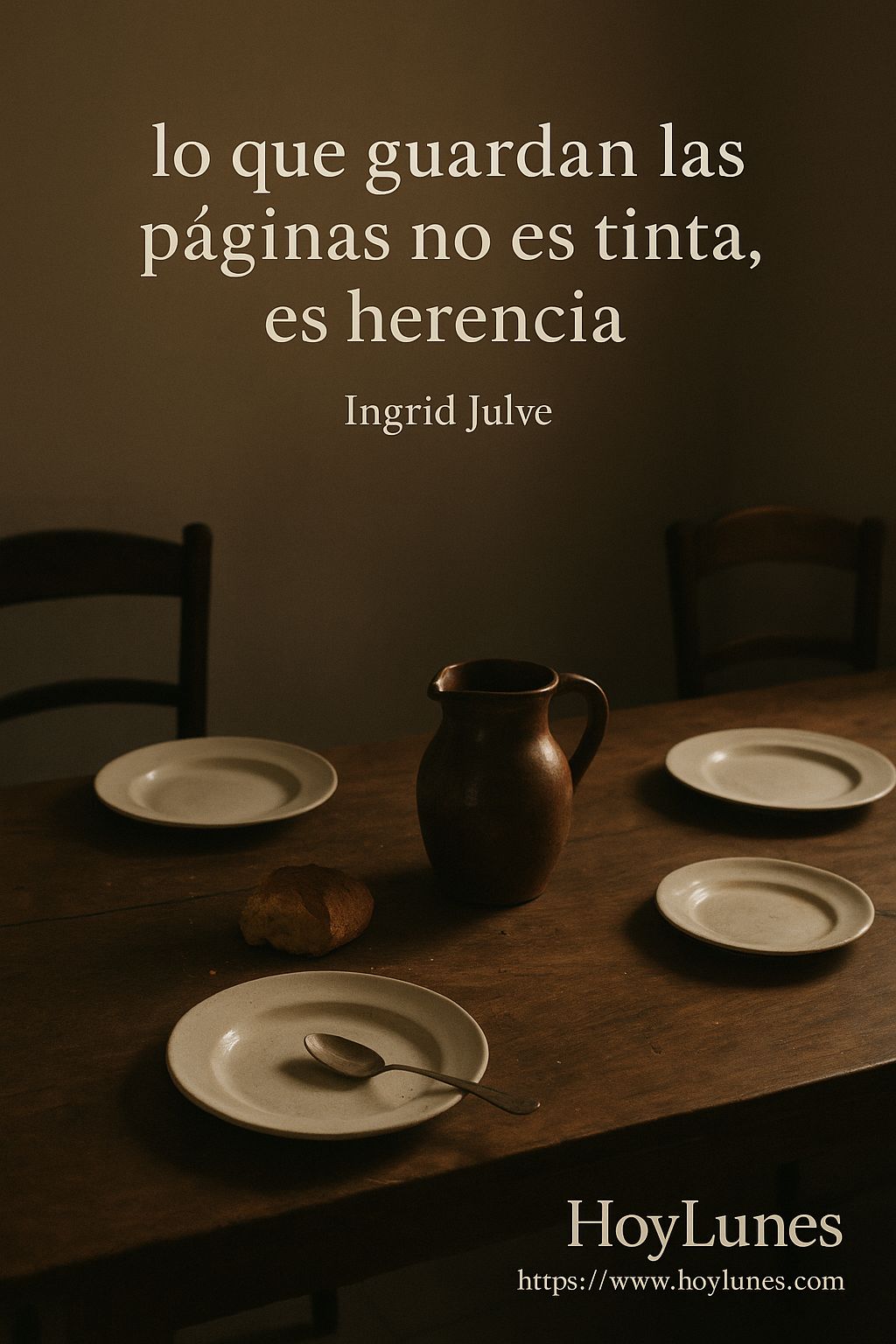
At this point in my life, I feel that my craft is no longer just making sweets, nor just writing articles. It is building bridges between both worlds. It is saying: this also matters. A village stew, a coca de dacsa, a Lenten empanada are also heritage. They do not need styling or stars. Only memory, and respect.
When a dish is dismantled—as a clock is dismantled—ingredients appear that are not on the list: the grandmother who taught the gesture, the celebration that gave it meaning, the season that made it possible, the mourning that inspired it.
Writing about gastronomy, for me, is dismantling that shiny wrapping and looking with curiosity at each component: the flavor, yes, but also the context, the story, the individual and collective memory.
“Tradition is not static, it is a constant evolution. It is not about freezing recipes, but about transmitting the soul of dishes”. — Massimo Bottura
The kitchen is not only eaten: it is remembered, it is written, it is transmitted.
I have seen how a dish can feed the body and, at the same time, repair a memory, seal a reconciliation, or accompany a farewell. Cooking is caring, and choosing what and how to cook is also a way of speaking in the world: who we buy from, whom we serve, where we obtain what we put on the plate.
That is why I am interested in culinary memory. Because it reminds us that before being a spectacle, the kitchen was sustenance, was bond, was refuge. Because before counting stars, someone cooked with love in houses without electricity. And because all of that matters as much as flavor.
“Kitchens are the stage of daily life, where the stories that feed our souls are simmered”. – Laura Esquivel, Like Water for Chocolate
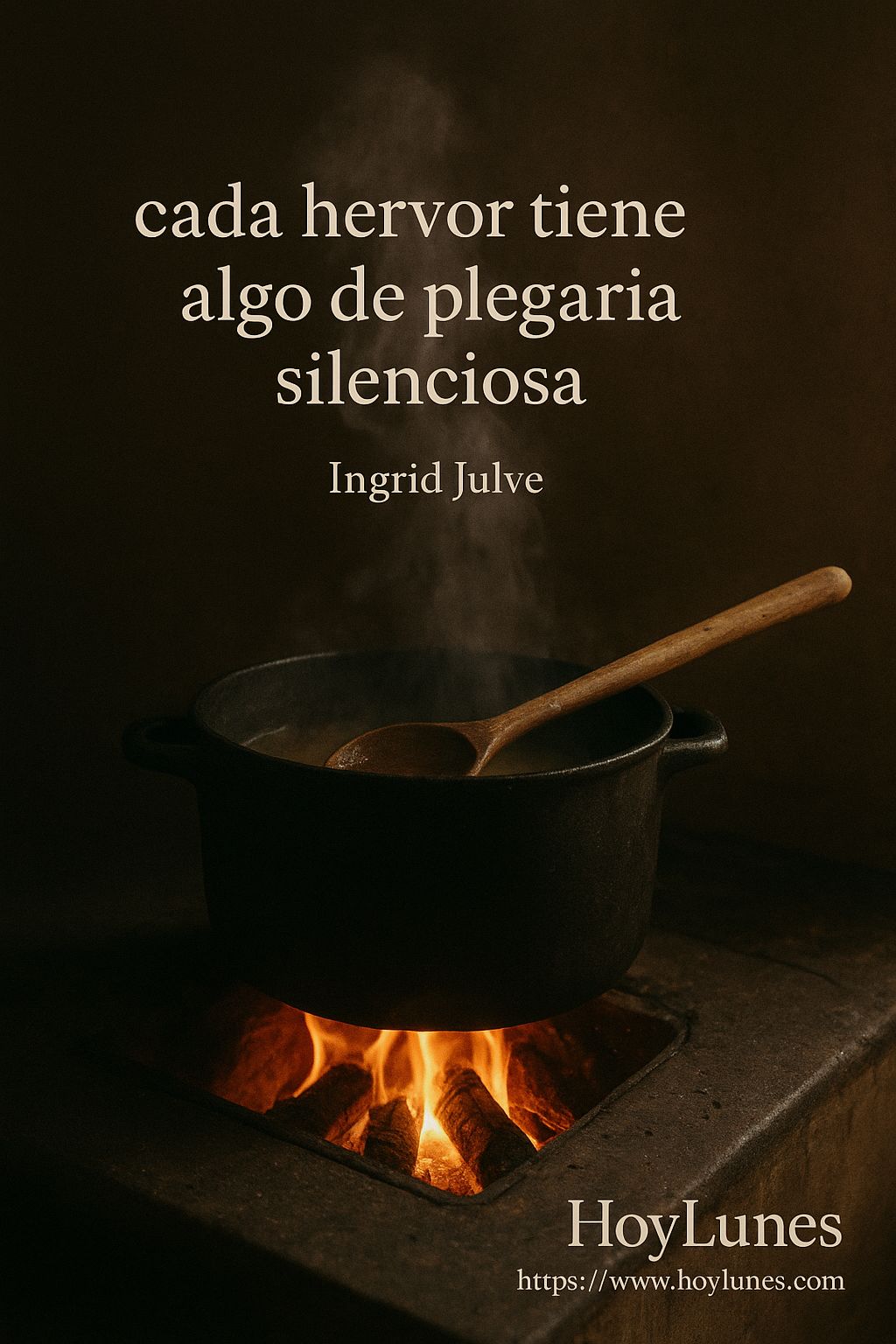
My transition from pastry chef to gastronomic journalist has not been an abandonment, but an expansion. What happens in the kitchen does not stay there; it now travels to the page so that whoever reads may smell, imagine, and understand what lies behind.
Cooking taught me patience, observation, and listening; writing allows me to translate those lessons into words.
“Food is everything we are. It is an extension of our history, our politics, and our geography”. — Anthony Bourdain
In every dish there is a decision. And in every decision, a way of telling the world.
That is why I believe that writing about gastronomy—with awareness, with care, with commitment—is also a way of sowing. In a time where immediacy gains visibility, writing slowly is almost an act of rebellion. But it is a necessary act: what is not told, is lost.
This article is also a statement of intent. I want it to be the first installment of a permanent section in HoyLunes dedicated to gastronomy as memory, identity, and narrative. A space that dismantles the concept of “trend” to look toward what is essential: the crafts that endure, the products that still have a soul, the women who cook with roots, and the dishes that remain love letters to a territory.
Here you will not find rankings or viral lists. You will find stories. Because the kitchen is also a language. And like every language, it deserves to be listened to attentively.
The spoon and the pen can work together. And that combination, when cultivated from the craft, can change the way we see a dish: not as a product, but as a story that is eaten with all the senses.
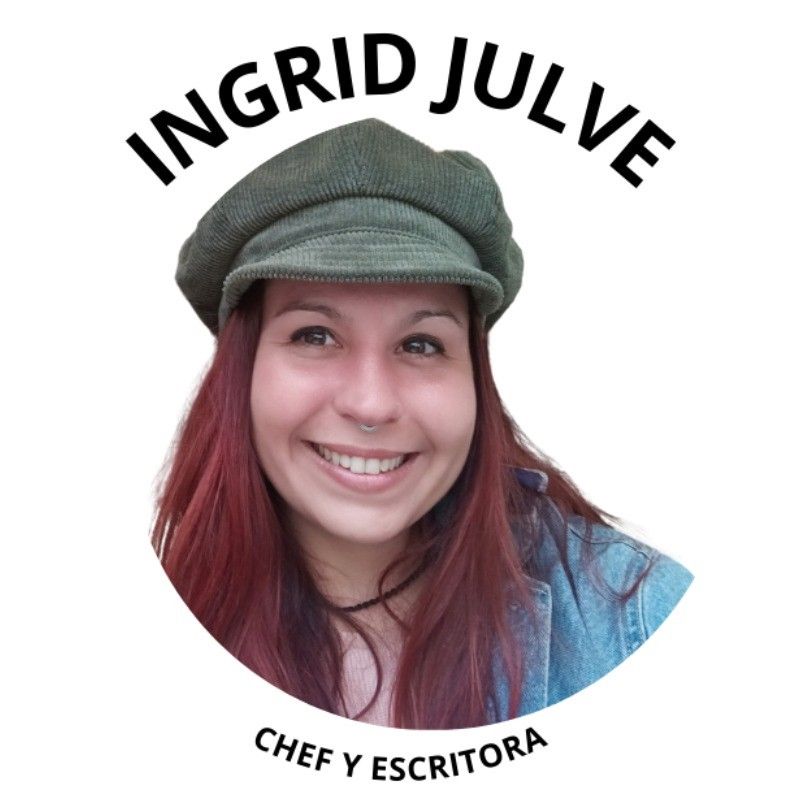
Because not everything is eaten.
There are things that gastronomy leaves within.
And those are the ones worth writing about.
And if this article is the beginning of a longer journey, I would love for us to continue walking it with that same burning question:
What do we want to feed with our words?
#hoylunes, #ingrid_julve,
